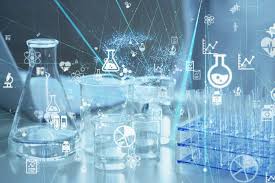Source: europeanpharmaceuticalreview.com Computer scientists have leveraged deep-learning methods to develop Metabolite Translator, a computational tool that predicts what metabolites will result from interactions between enzymes and small molecules such as drugs. The tool, created at Rice University’s Brown School of Engineering (US) in the lab of Lydia Kavraki, was designed to enable pharmaceutical companies to Read More
Tag: computer scientists
Upgrade & Secure Your Future with DevOps, SRE, DevSecOps, MLOps!
We spend hours on Instagram and YouTube and waste money on coffee and fast food, but won’t spend 30 minutes a day learning skills to boost our careers.
Master in DevOps, SRE, DevSecOps & MLOps!
Learn from Guru Rajesh Kumar and double your salary in just one year.
Source: hbr.org Artificial intelligence (AI) is rapidly becoming integral to how organizations are run. This should not be a surprise; when analyzing sales calls and market trends, for example, the judgments of computational algorithms can be considered superior to those of humans. As a result, AI techniques are increasingly used to make decisions. Organizations are Read More

Source: discovermagazine.com One curious side-effect of the work to digitize books and historical texts is the ability to search these databases for words, when they first appeared and how their frequency of use has changed over time. The Google Books n-gram corpus is a good example (an n-gram is a sequence of n words). Enter a word Read More
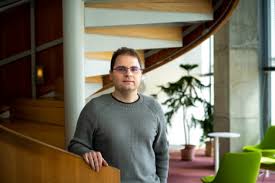
Source: mit.edu The work of MIT computer scientist Aleksander Madry is fueled by one core mission: “doing machine learning the right way.” Madry’s research centers largely on making machine learning — a type of artificial intelligence — more accurate, efficient, and robust against errors. In his classroom and beyond, he also worries about questions of Read More
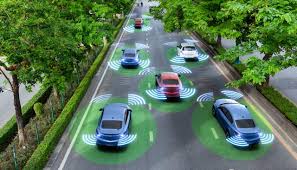
Source: newswise.com Newswise — The future of commuter traffic probably looks something like this: ride-hailing companies operating fleets of autonomous electric vehicles alongside an increasing number of semi-autonomous EVs co-piloted by humans, all supported by a large infrastructure of charging stations. This scenario is particularly likely in California, which has committed to reducing carbon emissions Read More
Source: techxplore.com Carnegie Mellon University computer scientists have taken a deep learning method that has revolutionized face recognition and other image-based applications in recent years and redirected its power to explore the relationship between genes. The trick, they say, is to transform massive amounts of gene expression data into something more image-like. Convolutional neural networks Read More

Source: auckland.ac.nz The University will lead one of four successful bids under the initiative, set up to harness the benefits of advanced data science and ensure strong data science collaborations in New Zealand and internationally. The focus of the project, Beyond Prediction: explanatory and transparent data science for life and social sciences, is to develop new Read More

Source:- forbes.com. Turns out after they’ve been trained on enormous datasets, algorithms can not only tell what a picture is such as knowing a cat is a cat but can also generate absolutely original images. The artificial intelligence that makes this possible has matured significantly in recent years and in some applications is very proficient, but Read More
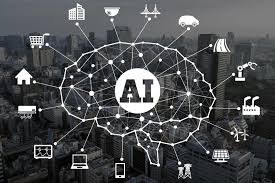
Source – psmag.com In Serengeti National Park, there are 225 hidden cameras constantly photographing the creatures that roam this Tanzanian wilderness. To date, these camera traps have captured more than three million images. For a small team of scientists living in the park, it’s a treasure trove. Through Serengeti Snapshot, as the program is called, they’ve studied Read More
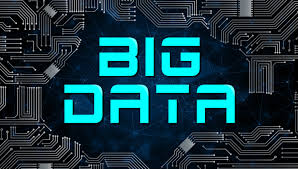
Source – civileats.com New England’s groundfish season is in full swing, as hundreds of dayboat fishermen from Rhode Island to Maine take to the water in search of the region’s iconic cod and haddock. But this year, several dozen of them are hauling in their catch under the watchful eye of video cameras as part of Read More

Source – smithsonianmag.com orget lightning speed calculations, technological superiority and machine-like precision. Thanks to the efforts of some researchers, artificial intelligence can now create magic “We’ve done a number of different tricks involving artificial intelligence,” says Peter McOwan, a computer science professor at Queen Mary University of London. Forget lightning speed calculations, technological superiority and machine-like Read More
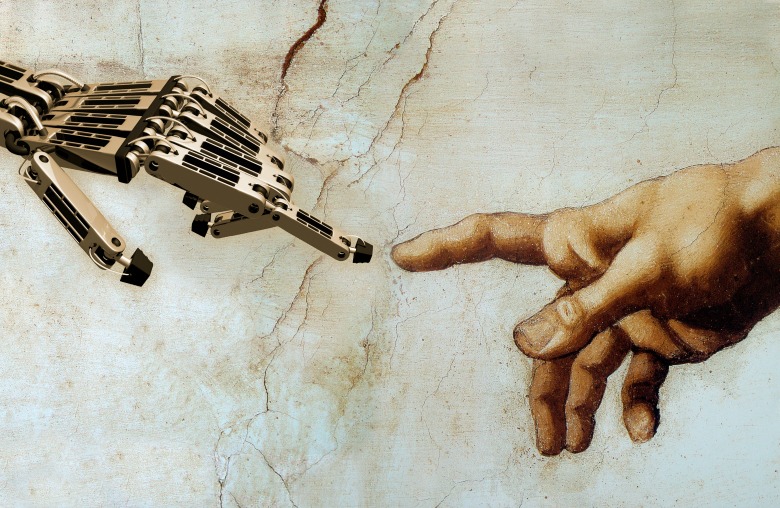
Source – religionandpolitics.org The concept of artificial intelligence has been fuel for science fiction since at least 1920, when the Czech writer Karel Čapek published R.U.R., his play about a mutiny led by a throng of robots. Speculation about the future of intelligent machines has run rampant in the intervening decades but recently has taken a more Read More
